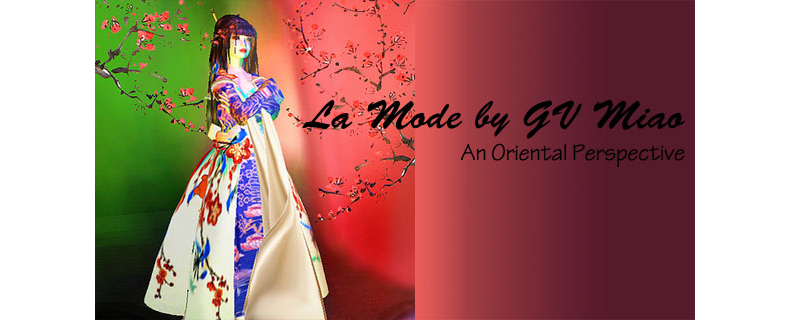Fashion retailing/garment manufacturing has always been one of the most competitive industries; it is largely due to its complicated and dynamic macro and micro environments which closely link, and at the same time interact with each other. Externally, the economic downturn caused by the financial crisis once sweeping across Asia, the advanced technology and sophisticated manufacturing development, as well as a swift change in taste and fashion have stroke a strong impact on every unit involved, and influenced the marketing atmosphere generally. Internally, a firm's relationship with its stakeholders - how it enhances its market share, or even strives for the position of the market leader by gaining preference from its suppliers, cultivating customers' loyalty and dominating its competitors creates a unique marketing culture in the fashion/garment industry. In the following, I will scrutinize how both of its macro and micro environments play an inevitable role in shaping the distinctive features of the rapidly shifting fashion business model.
In light of the economic environment, Asia in general has once suffered from the economic recession which badly shook consumer purchasing power and spending patterns and caused high unemployment. Clothing under such a poor economy can scarcely be regarded as a luxurious product for self-expression but a basic necessity, as nobody would squander considerable amount of money on a certain best-known designer brand. That explained why Gucci and Armani which under no circumstances would offer any discount would make a compromise at this point unwillingly. Offering the best discount is one of the most effective ways to let the business go on in the market. Moreover, owing to the changes in income, many customers shrunk their spending as their income declined and tended to more cautious buying. For example, they might pay more attention to garments' quality instead of its branding. As a result, in the fashion retail market when the economy is down, sustaining the premium quality and reasonable price instead of playing with an illusive image of the designer brands should always be a pre-requisite for success.
In addition, technologically, the creation of new fibres such as polyester and viscose by new technology enables garments to be manufactured at a lower cost. Since then, artificial fibres have performed an essential role in garment manufacturing alongside with natural fibres such as cotton, silk and wool. Furthermore, the appearance of these new fibres gives rise to a great variety of outlook and handfeel. For example, polyester is a highly potential synthetic material readily to be converted into leather-like, silk-like, and even shearling-like qualities by fully utilizing different ways of finishing. Consequently, the new technology for producing artificial fibres at a lower cost has become particularly important during tough economic times, when the production cost has to be maintained low. Realizing the benefits of the advanced technological development in garment manufacturing, many fashion retailers have stimulated customers' desire to buy by appealing to their eagerness to try out new and interesting qualities being sold at an affordable price such as metallic, burn-out, etc. The trend-conscious competitors are willing to revolutionize their products so as to stand out in the market.
Last but not lest, in light of the cultural environment, a swift change in taste and fashion plays a part in constituting a unique marketing atmosphere of the fashion industry. Fashion is a cultural product which reflects the basic values and beliefs of our society, and people’s perceptions and behaviors over a period of time. To cite an example, “China heat” and “mysteries of ancient Egypt” once fascinated the designers. Vivienne Tam and John Galliano for Christian Dior, just to name a few mixed western and eastern elements in their designs, which has set the trend in the culture of fashion.
Christian Dior Spring/Summer 1999 runway show
Subscribe to:
Post Comments (Atom)
















Very well written...good intro and strong thesis statement...Bravo
ReplyDeleteOh God I'm so happy. I was once worried about how to come up with say a five minute presentation script, and now you responded to it with such an encouraging comment. Thanks William. I'm kind of relieved. Btw do you think it's too generally written?
ReplyDeletethese synthetic fabrics that you talk about though, are terrible for the environment. it's very unnerving that the fashion industry is going further and further away from natural fibers and towards the creation of man-made fibers that are essentially made from chemicals - bad both for the environment and for our skin. i understand the points you make, but the economic downturn has really made it difficult for the world to be environmentally conscious. =(
ReplyDeleteThanks Kristy yes I agree. As the script focused on the marketing aspect that I didn't bring up the environmental issue. I shall mention it in postscript for the sake of social/corporate responsibility if I got a chance to do so as the seminar will last not more than 10 minutes. Thanks again.
ReplyDelete